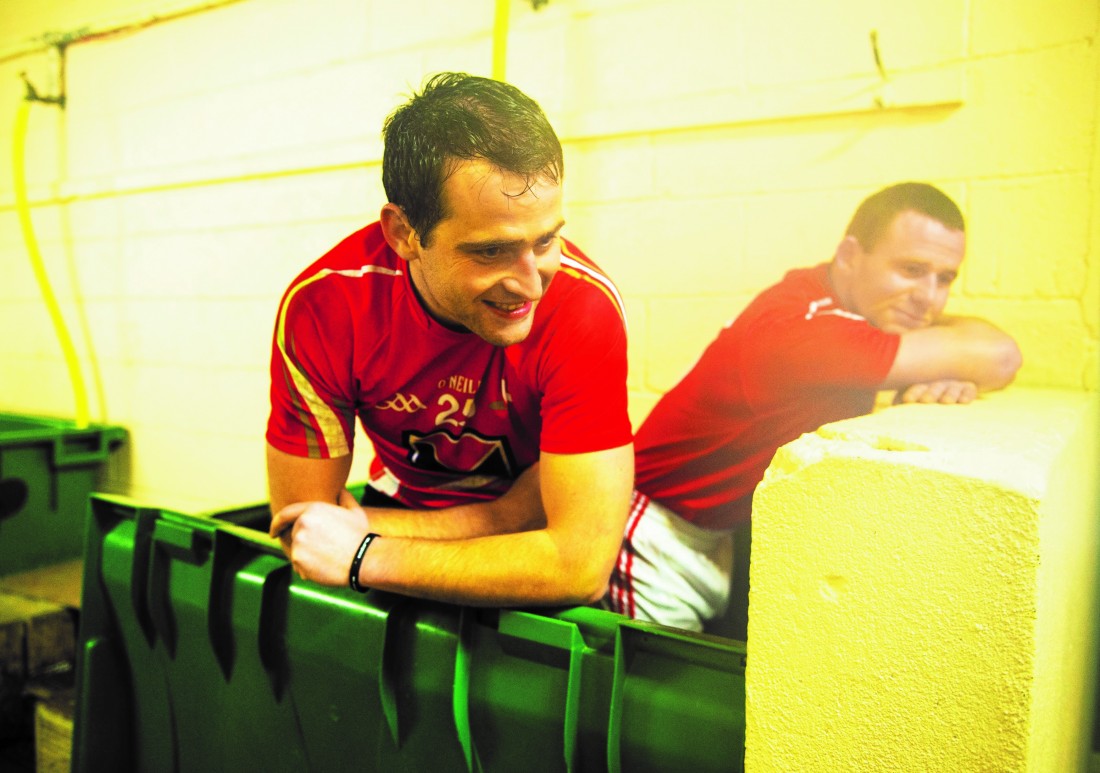NOW that the season is in full swing, there is much talk of recovery strategies between training sessions to enhance performance. Ice baths have been a cornerstone of theses recovery techniques.
My first experience of this was working with professional dancers many years ago. They had a black wheelie bin filled with iced water, parked at the back of the theatre. Those that were brave enough, dunked in after the show. We hear of so many advantages of using ice baths but there is one reason in particular that you shouldn’t.
What do ice baths
do to our body?
When we exercise we cause micro damage to the muscles. The muscles and tendons become inflamed and swollen. The inflammation initiates the healing process which results in the muscles growing bigger and stronger. ]However, during this stage our muscles become sore and physical performance drops. Ice baths make the blood vessels tighten, through a process called vasoconstriction. This reduces blood flow, inflammation and muscle soreness.
What are the advantages
of using ice baths?
1. It reduces delayed onset of muscle soreness. As stated above, after a training session or match, our muscles will be damaged and sore. The cold water reduces this soreness through vasoconstriction and inhibiting the nerve endings.
2. It makes players feel less fatigued and fresher for the next session. If a player feels recovered after the last session, they will feel they can give their maximum at the next session.
3. It reduces psychological issues such as anxiety, depression and fatigue. As training becomes more frequent and intense, some players will begin to feel the negative effects of this mentally. This is particularly true in Gaelic sport, as players have other commitments iaddition to playing sport, such as work, family or studying.
One reason not to use ice baths?
For those of you who don’t like ice baths, you now have an excuse not to! Research has shown that using ice baths regularly, actually has a negative effect on the body.
One study from the Institute of Health and Sport at Victoria University compared two groups of people who did strength training three times per week for seven weeks.
Half of the group used an ice bath at 10 degrees celsius for 15 minutes after each session, and the other half used no recovery strategies.
Both groups got stronger but the group who did not use the ice bath increased the size of their muscles and improved leg power (jump height).
This has also been seen in other studies and experiments.
What parameters should
I use if I do use an ice bath?
An ideal temperature between 11-15 degrees celsius may be beneficial without causing negative effects such as those seen in studies using 10 degrees celsius or less.
A duration of five minutes is better than 10 minutes.
Should I use an ice bath or not?
Certainly if you are feeling stiff and sore from exercise, or starting to feel fatigued from training in general, then an ice bath is perfect for you.
However, it would be advisable to keep the frequency of ice baths to a minimum and don’t use them regularly each week.
Hold off and use them when you need to, such as after a game or an intense training session.
Are you frustrated with injury? Jonny Kelly is a chartered Sports Physiotherapist and owns Physio Performance in Belfast. He has helped get world-class athletes back on the pitch and performing at their best. Contact us for a complimentary Get Back On The Pitch Quick consultation at www.physioperformance.co.uk.
Receive quality journalism wherever you are, on any device. Keep up to date from the comfort of your own home with a digital subscription.
Any time | Any place | Anywhere












